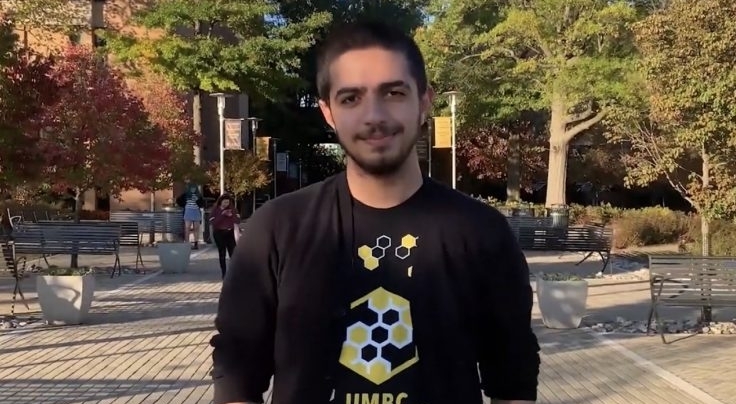Amanda Quinn
Contributing Writer
Daily life in Russia can be slow and entangled in bureaucracy and red tape, but public transportation here by far outshines any in the United States. Trains come every two minutes and the city’s five lines can transport you to every corner of St. Petersburg.
Another benefit of Russian public transportation is that it is considerably cheaper than many subway systems in the United States. Unlike the DC metro system, where prices are based on the length of the journey, St. Petersburg metro prices are fixed.
Ticket fare is 28 rubles, which is the equivalent of a little less than $1, and it is paid at the entrance, usually using a token. Travelers like myself, who ride the metro daily, can buy a “Podorozhnik,” which allows you to put money on it and swipe it at the entrance.
St. Petersburg is built on a marsh and because of this, the metro system is extremely deep. I frequent a station named Admiralteyskaya, which happens to be the city’s deepest station, sitting about 282 feet below ground. This means long, often crowded escalator rides in and out of the station.
St. Petersburg is a city of six million people and most do not own cars. This means that stations and trains are often overcrowded, especially during rush hour.
Even more notable is the stunning artwork and designs of many metro stations. It is not unusual to see chandeliers, elaborate mosaics or ornate marble columns in most stations. These stations date back to the mid-1950s and many were designed to be “palaces of the people,” which stems from the idea that it is honorable to go to and from work.
My program requires host parents to show students how to use public transportation to get the university, whether that is by metro, walking or a bus. To get from my apartment to school I have to take one line for three stops and then another line for one stop.
On the first day, as my host mother showed me where to switch lines, I was surprised to find myself forcibly pushed onto a train by passengers behind me and so squished I could hardly move for duration of the ride.
I have since come to expect this at the busier stations, especially during rush hour. I finish classes during the peak of rush hour and most days I need to push and shove through other passengers to be able to get onto my train home.
A disadvantage of the Petersburg metro is that is closes fairly early each night, around 12:15. This would not be a huge problem, except there are two large islands in the city where many people reside. The bridges that go to these islands are drawn up around 1 or 2 am to let ships pass through.
This itself is an iconic sight, but can be problematic when trying to get home in the later hours of the night. Since the metro is closed and the bridges are up, the only option is to wait until they go back down at 4 or 5am.
Despite this and the crowds, the reliability, speed and beauty of the St. Petersburg metro is unparalleled by most of the world’s other subway systems.

